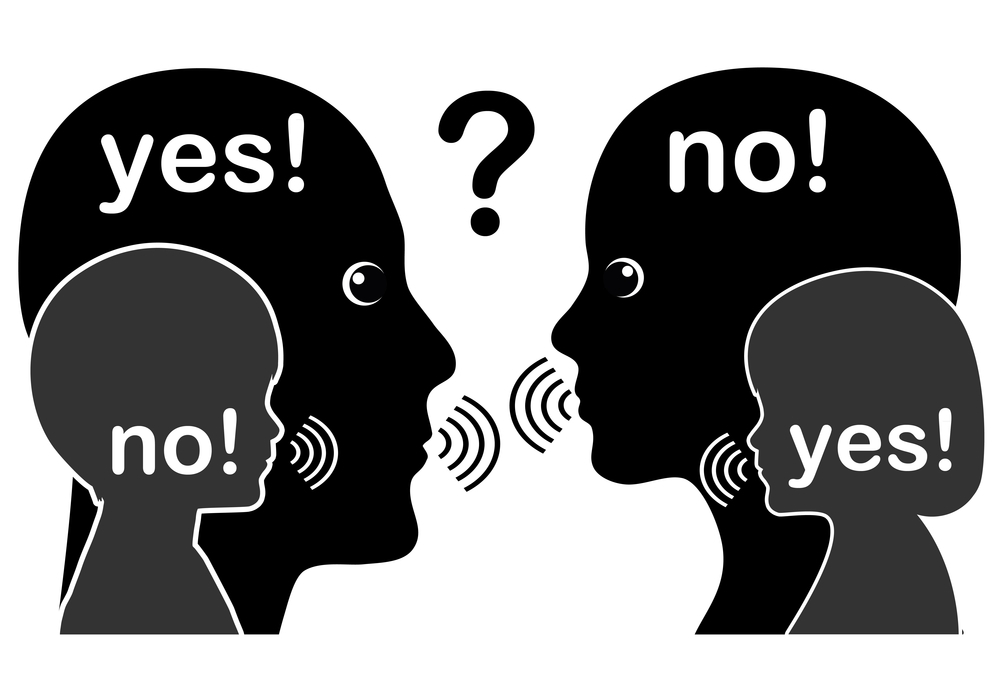The Way things are within next three decades half the world’s population will be short-sighted, with one-fifth of those expected to have a significantly increased risk of blindness.
That’s a seven-fold increase in short-sightedness or myopia from 2000 to 2050. Despite the condition becoming so rapidly prevalent, scientists are clueless as to what is causing it.
It would be easy to link our obsession with computer and phone screens to the so-called myopia epidemic, but things are not that simple. Happyho also provide best tarot reading services in Noida and Delhi NCR India area.
Between the 1970s to the early 2000s, cases of myopia almost doubled in the US, and in certain parts of Asia, the rise has been even more dramatic, with a recent survey finding that as many as 96 percent of teenagers in South Korea are short-sighted. In Singapore, China, and Japan the rate amount teens is around 80-90 percent.
Now a new report by an international team of researchers has looked at the rise in myopia cases over the past few decades to come up with predictions for the future.
Looking at data from 145 studies covering 2.1 million participants, they found that in 2000, some 1,406 million people were diagnosed with myopia (22.9 percent of the world population) vlog and 163 million people had high myopia, which comes with an increased risk of blindness and cataracts.
According to a prediction by 2050 there will be 4,758 million people with myopia (49.8 percent of the world population) and 938 million people with high myopia.
It’s looking pretty likely that the sudden rise in myopia cases is linked to lifestyle and behaviour changes that have happened over the past few decades. The researchers put it down to “environmental factors, principally lifestyle changes resulting from a combination of decreased time outdoors and increased near work activities, among other factors”.
We’re spending way more time indoors than any other period in human history, and very few of us could live without some serious daily screen time, either for work, school, or pleasure. But what scientists are struggling to figure out is, what biological mechanisms are at play to make such drastic, physical changes in the structures of our eyes? How do we turn this correlation into causation?
The best evidence we have right now isn’t increased screen time – because as we explained last month, the increase in nearsightedness happened long before smartphones became mainstream – it’s the lack of outdoors time that screens have made progressively worse.
So we have a strong hypothesis to go on, but the problem is you can’t really do long-term experiments on children to see if this bears out. We need to rely on animal studies for this, and whether it’s chickens, tree shrews, or monkeys, no one’s really sure what the best animal model for human myopia actually is.
Fortunately, in a case like this, knowing exactly what causes myopia isn’t necessarily a requirement for coming up with treatments or preventation measures. Research into the link between indoors time and myopia has seen very promising results when children spend a few more hours outside every day.
Various interventions have been researched but the one has got the greatest traction is that if children spend 2 hours or more a day outdoors, that is protective.
Some argue it’s about looking at further distances, and there’s some evidence that it’s because of a chemical release in the retina. More results are coming in around the globe all the time but, the reality is there is acceptance on the fact that spending 2 hours or more outside is protective. You could spend a long time reading computers and screens, but also spend 2 hours outdoors and it’s still protective.
http://https://youtu.be/qwQzTKHIkb4




